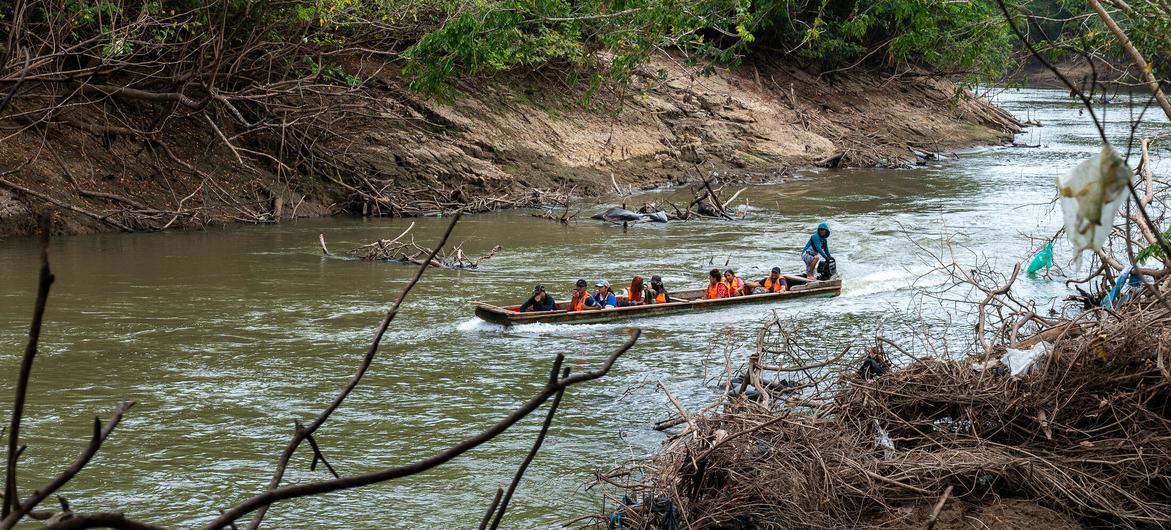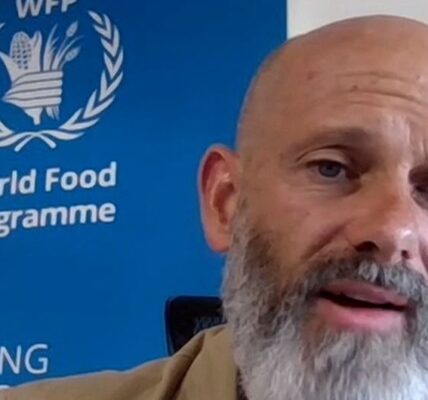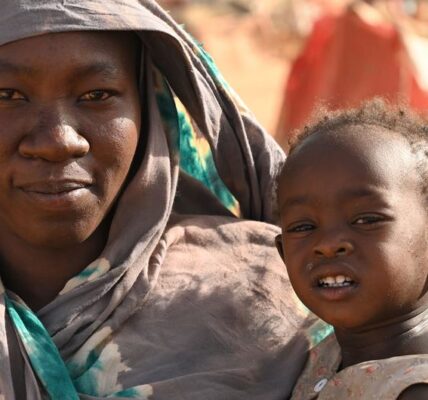There is currently an extraordinary crisis of child migration occurring throughout Latin America and the Caribbean.
According to UNICEF, approximately 25% of migrant children in the region have been forced to leave their homes due to factors such as gang violence, instability, poverty, and climate change. This percentage is almost double the global average of 13%.
According to Garry Conille, the Director for UNICEF in Latin America and the Caribbean, there is a growing number of children who are migrating at a younger age and without companions from various countries, even from distant regions like Africa and Asia.
As they travel through multiple countries and even entire regions, these individuals may face illnesses, injuries, and the possibility of being separated from their families or abused. Even if they successfully reach their intended destination, their future is still uncertain.
Shocking numbers
In 2021, approximately 29,000 children traveled through the perilous Darien jungle route on their own, with a reported 40,000 doing the same the previous year.
Approximately 60,000 children, with half of them under the age of five, have migrated in the initial eight months of 2023. This is the largest number ever recorded in a single year.
In the first seven months of fiscal year 2023, which spans from October to September, there were over 83,000 children who entered the United States at the southern border. This trend is consistent with previous years.
In the years 2022 and 2021, there were recorded over 155,000 and 149,000 instances of children crossing.

Young immigrants traversing a waterway in Panama.
Root causes and challenges
UNICEF states that the underlying factors contributing to the crisis include significant poverty and lack of employment opportunities, as well as structural inequality, insufficient access to food, and the rapid effects of climate change.
Events such as hurricanes and earthquakes have worsened the issue of people being forced to move within the region, and the ongoing effects of the COVID-19 pandemic have also contributed to this.
Migrant minors are also exposed to serious physical dangers. In 2022, a minimum of 92 migrant children lost their lives or disappeared due to natural disasters, violence, exploitation, and mistreatment.
Limited access to healthcare, nutrition, and protection services increases the risks, particularly for the most vulnerable individuals such as children with disabilities, children who identify as LGBTQI+, and those from indigenous communities.
Response
UNICEF is collaborating with various organizations and governments along migration paths to ensure precise information is given, encourage secure migration, and provide essential aid to children and families.
In response to this ongoing emergency, the organization is requesting $160.5 million to support the requirements of displaced people and young migrants in various Latin American and Caribbean nations, such as Brazil, Chile, Colombia, Guyana, Peru, Trinidad and Tobago, and additional locations.
In 2023, there is a request for $142.3 million to assist children and families traveling through Central America and Mexico. However, as of August, only a small portion of the funding has been received for both appeals.
UNICEF has called on Member States to improve their regional strategy, allocate resources to countries of origin, increase safe options for migration, and enhance border and reception procedures to better prioritize the well-being of children.
According to Mr. Conille, the current child migration crisis in Latin America and the Caribbean is at an unprecedented level and calls for a more robust humanitarian effort. Additionally, there is a need to increase safe and legal migration options for children and families in order to safeguard their rights and future, regardless of their origin.
The source is the United Nations news website.



